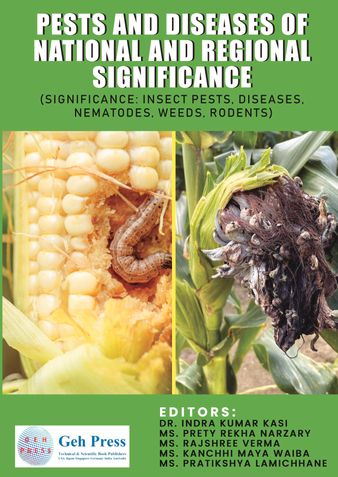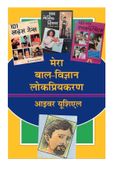You can access the distribution details by navigating to My Print Books(POD) > Distribution
Pests and Diseases of National and Regional Significance ( Significance: Insect Pests, Diseases, Nematodes, Weeds, Rodents)
Dr. Indra Kumar Kasi, Ms. Prety Rekha Narzary, Ms. Rajshree Verma, Ms. Kanchhi Maya Waiba, Ms. Pratikshya Lamichhane
Description
Integral India has the largest area under rice cultivation in the world (44.6 million hectares) and ranks second in production (104.31million tonnes in 2011-12). In India, Rice is grown under different agroecological conditions viz., water logged, deep water, hills, high humidity, high temperatures, salinity, alkalinity and flood prone areas. The cropping intensity differs from one environment to the other with a maximum of three rice growing seasons in a year in the fertile deltaic regions due to availability of continuous irrigation. The rice crop is prone to stress throughout the crop growth period due to onslaught from different pests such as insects, nematodes, diseases, weeds and rats. Adoption of integrated pest management (IPM) strategies is the best solution to tackle the pest problems. Rice IPM provides a framework for integrating knowledge, skills and information on rice pest management. An IPM practice in rice production initiatives includes regular pest monitoring,...
About the Authors
Book Details
Ratings & Reviews

Currently there are no reviews available for this book.
Be the first one to write a review for the book Pests and Diseases of National and Regional Significance ( Significance: Insect Pests, Diseases, Nematodes, Weeds, Rodents).
Other Books in Reference, Science & Technology
Maximus
Geetanjali Mukherjee
आइवर यूशिएल
Prof. Dr. Christopher Thomas




